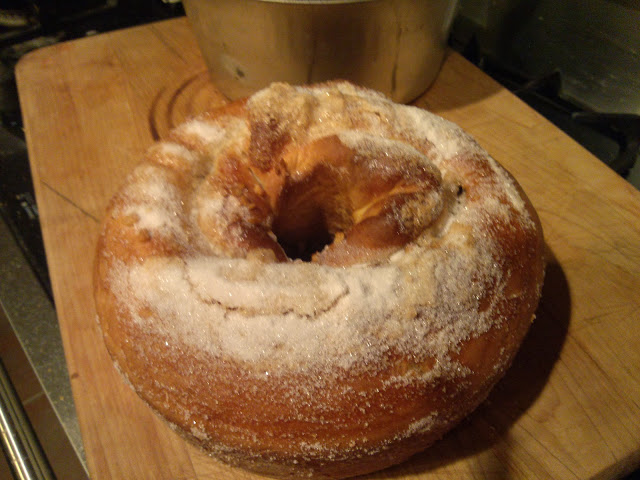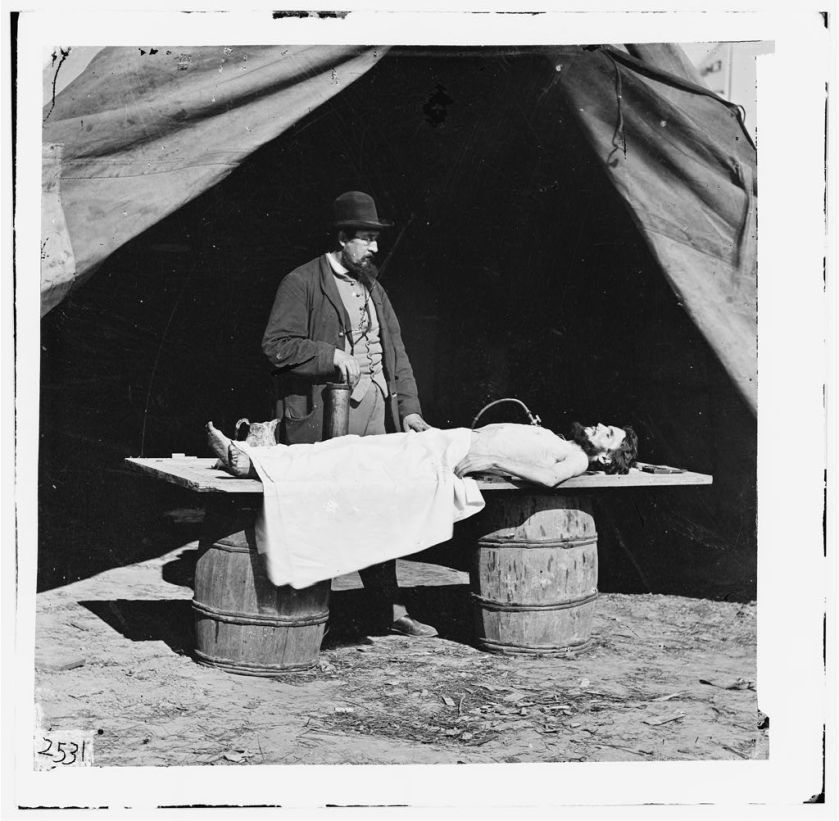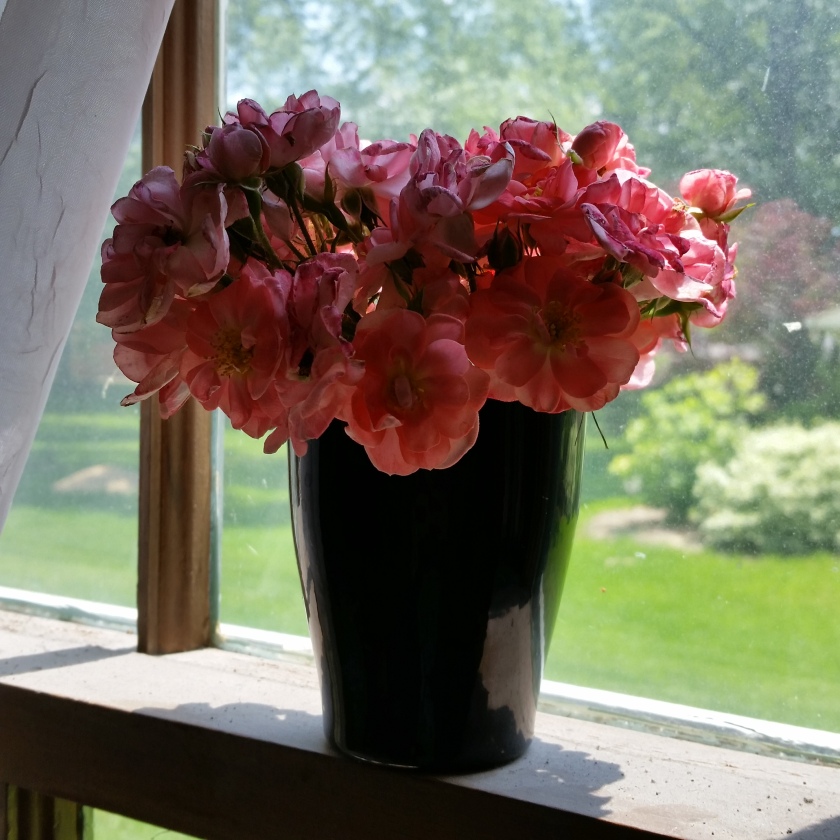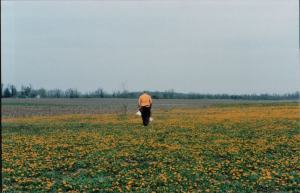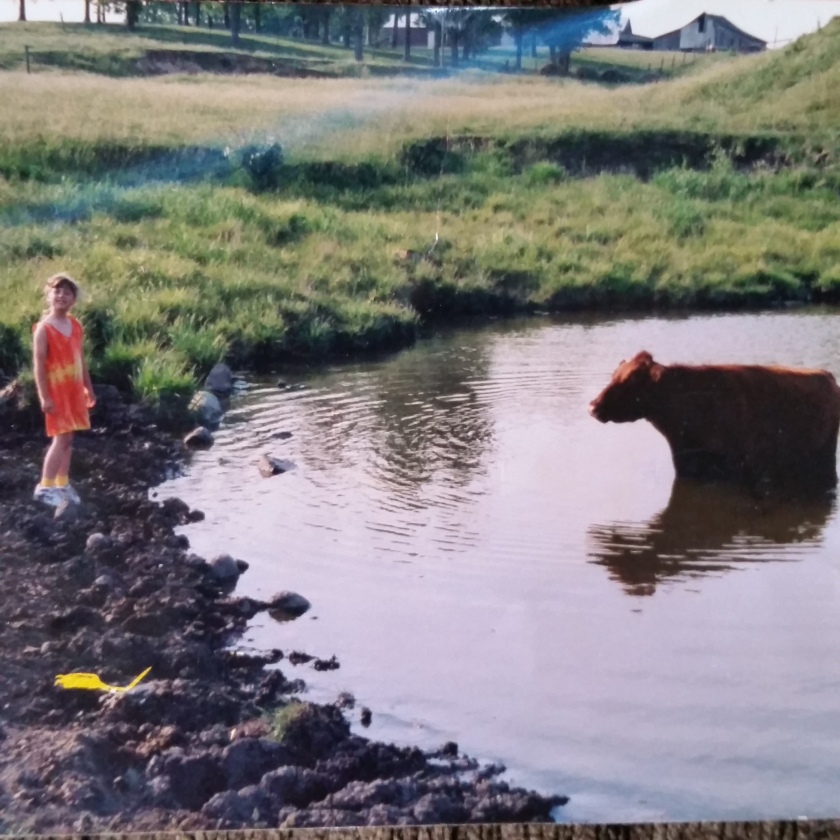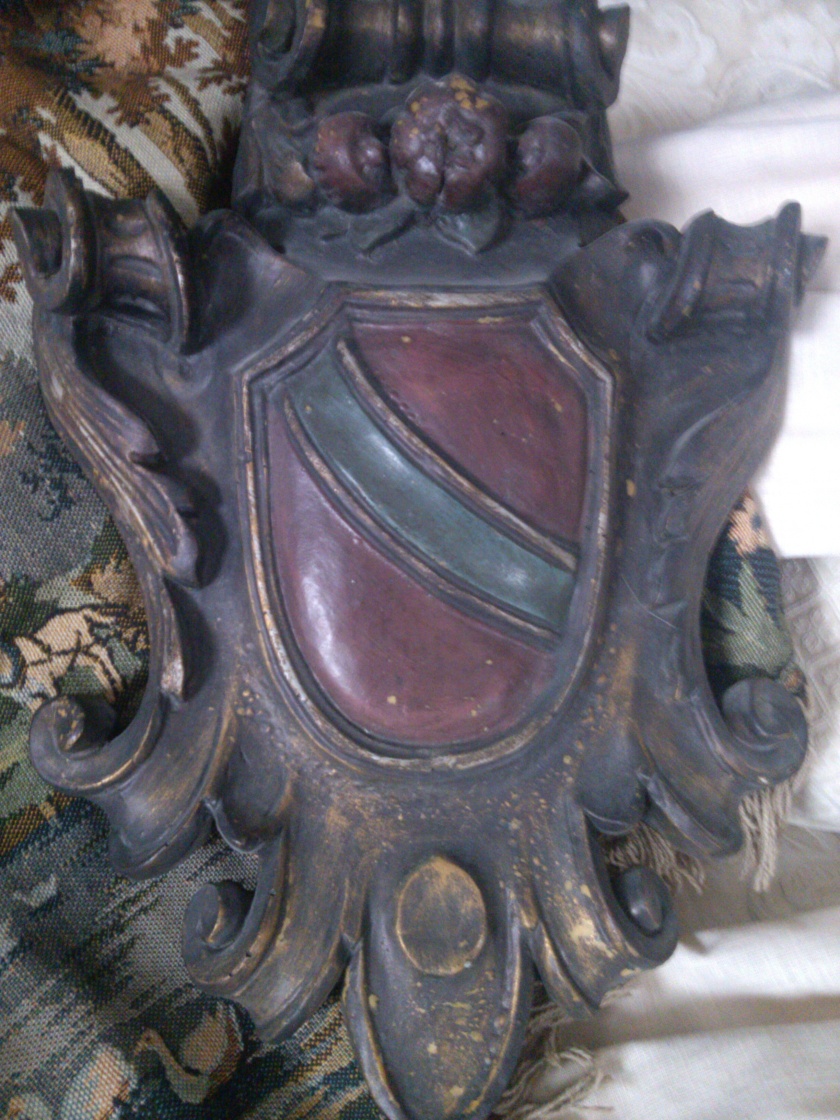Recently, I think most of us were amused by one little line spoken between our new, Slovenian-born, United States First Lady and His Holiness, Pope Francis. Politics and historical precedence-setting aside, the whole meet-up was thrown into a spiral of media frenzy when Francis asked Melania with a grin, “Do you feed him poteezza?” Within seconds, the Google search rate soared for this mystery word—poteezza. What the media found and distilled was “nut roll, traditional to Slovenia.” Further uproar was caused when the recipe was viewed; this Slovene nut roll is no lightweight treat! Surely His Holiness was poking fun at Mr. Trump’s waistline!
Later reports noted that the Pope just really likes potica.
For me the following tale of our family’s love affair with potica pretty much describes my self-imposed martyrdom and pity wallowing induced by any and all food holidays. I’m betting you’ll recognize a bit of the typical potica debate behaviors among your own family:
Raisins—yes or no. If yes, soaked in wine, or whisky, or not at all? Rolled out thin enough to read the newspaper through or to a perfect eighth-inch thickness? Should it be loaf shaped, look like a huge donut or must a dishpan do double duty as bake ware?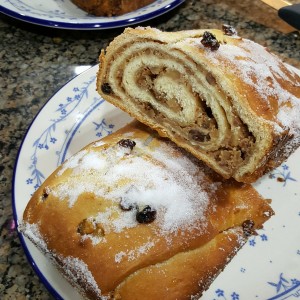
Honey or sugar, lemon juice or zest, both or none?
The points of contention are endless!
Maybe Easter is just around the corner, or an important anniversary celebration—a reunion, a bridal shower, Thanksgiving or Christmas—no matter the occasion, my nerves reliably feel a bit jumpy. Upon any big family gathering, I will once again be challenged (expected, assumed, pressured) to bake the traditional Slovenian treat for our family…the potica. For those of you who married-in with no Balkan heritage…it’s “po-teets-zah.” For me, it’s a Panic Attack.
This is by no means the first time I’ve made the potica. It’s been my job now for several years since my grandma quit baking it. Apparently, the baton skips a generation as it is passed, so my aunts and mom just crowned me Princess Potica and before I knew it…I was in charge. So, I make it for each of the big family celebrations, and then, kind of like Jesus, I take a beating for it.
Let me clarify: I make the complicated yeast-and-nut delight and then sit back and listen to everyone else critique my offering as they wax poetic over the poticas (the real poticas) of days gone by.
How I haven’t spent a holiday in jail yet, I do not know.
Oh, I get it. I really do. I understand why I am the one who is saddled with the honor of carrying on an old-country tradition. I can bake and I am really good at it. I had my own coffee house for several years, and made everything that went out the door. But the problem with potica (and in your family it could be Aunt Nell’s potato salad) is that there is only one right way, one authentic recipe, and one correct presentation accepted and deigned perfect. Unfortunately, no one who went before me actually wrote the damn recipe down for “real potica.” You know, exactly as they made it “when it was perfect.”
Let’s revisit that last line: I want you to experience it as I hear it each time I offer up a sugary nut roll in all of its spiral-centered glory.
Say it for yourself aloud with your nose crinkled up, as if you are chewing an adult aspirin, and that repulsive pill is stuck to the back of your tongue with only scalding hot coffee available to wash it down.
Say the words, “Like the real potica. When it was perfect….” Is there a tear in the corner of your eye? Do you feel you’ve been deeply harmed, emotionally scarred and disappointed?
Good. You’re getting the general tone-of-voice and facial expression used for potica critiquing.
We can continue now.
When my oldest daughter was receiving First Communion, our parish held a ceremony a couple of days prior, the Blessing of the Loaves. Each family was to involve their children in baking a loaf of bread to bring to church with all their classmates and their classmates’ families for a special blessing. Since our parish is mostly made up of families with names like O’Brien, Donahue, and McNulty, I thought it would be more meaningful to our daughter if we skipped a plain loaf and made potica together.
Since this was a last-minute thing, I went to the internet and trolled for recipes. This was the first time I had actually seen the word spelled out. Luckily, I hit a site where the pronunciation was spelled phonetically, close to how I had “searched” (long before Google). I looked through until I found a recipe (in English) that sounded about right.
We sifted, kneaded, punched, rolled, filled and baked with delightful anticipation. The smell in the kitchen was heaven.
Blessing of the Loaves day was probably a little traumatizing for my little baker and me. Most of my Mom-friends had chumped out (having never baked bread before) and had purchased the frozen, thaw-and-bake stuff. Their loaves were glorious mounds with buttery gold crusts. The Pillsbury Doughboy bakes up like a champ every time.
Now, I’m no idiot, and I knew potica baking was hard. To be safe, we’d made two so we could choose the best looking one to show off at church. Unfortunately, the better of the pair looked like a pile of hemorrhaging raisin bagels extruded through an angel food cake pan. Not stellar. I snugged up the pristine dishtowel over the pathetic thing and nestled it deeper into the fancy basket as we approached Father Jerry. After that “experience,” I started checking around within the family for the real recipe. Oddly, no one ever seemed to be able to put their hands on one. That was probably 20 years ago. Eventually, having learned my lesson, I gave up asking. Clearly, some family things are strictly on a “need to know basis.”
As the older women in my family line all began passing on to their reward, the potica-making pool got smaller and smaller. When Grandma Jean announced that she would be taking up residence in a rest home, suddenly, the baking baton was passed on to me.
Sans the recipe, of course!
My friend Karen mercifully gifted me with a well-worn and dearly loved cookbook that had belonged to her Aunt Udi. Udi had been the potica maker for her family. Karen naturally had no idea which of the more than two dozen recipes for the bread was Udi’s favorite, so I have been baking my way through the book holiday after holiday. Each version is met, of course, with all the generous feedback I can stand. Count yourself fortunate if you won’t be spending your next big Slovenian family event at my house!
****
To enjoy more articles from The Writer’s Workshop’s online literary magazine The Writer’s Workshop Review, click here and sign up.
